- General Attitude: “If you have it, flash it”
- Characteristics: Talkative, Bossy, Inquisitive, Stylish, and Competitive.
- Likes: Shopping, Winning, Leading, Vision.
- Dislikes: Paying of debts, Aging
Some famous Boomers include Bill Clinton. Tony Blair, George W Bush, Princess Diana, Vladimir Putin, Richard Branson and J.K. Rowling.
The baby boomers got their name from the big growth in population just after World War II. They were the largest generation (in terms of numbers) that the planet ever saw.
They arrived with a bang and have been noisy and attention demanding ever since. Every single stage of their lives has been era defining and trend setting.
When they decide to do something, they do it big. Nobody can afford not to notice them. Both literally and figuratively.
You are very likely to find many Baby Boomers still in your workforce. The first ones just entered retirement a few years ago.
This generation entered the working environment in a time that coincided with a steady economic boom, which took the whole world by storm.
When they finished university or college, there was no shortage of jobs.
Big changes started to happen in their time, which made their working environment very different from their parents.
Multinational companies were starting to become more common and rapid growth was considered the norm. This was fueled by three drivers. Quality, customer service and globalization.
Tips for Motivating The Boomers
- Make rewards and recognition public
- They will rely on you to generate energy and dynamism.
- They want to be involved in all decisions. They are passionate about transparency and democracy in decision making. Include them at all stages.
via The Generation Gap. How To Motivate Different Generations.

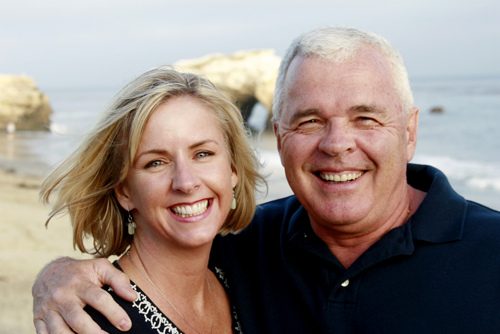

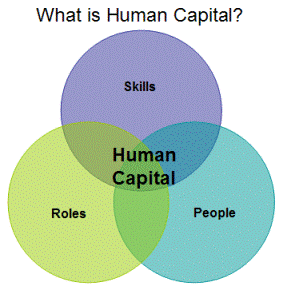
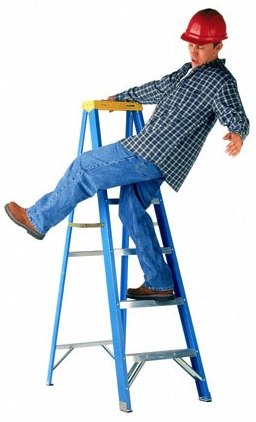
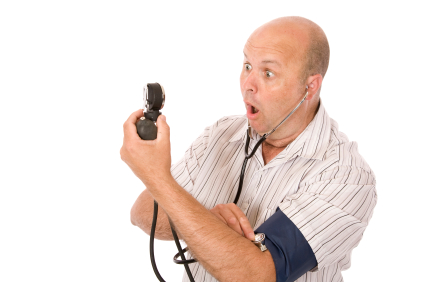

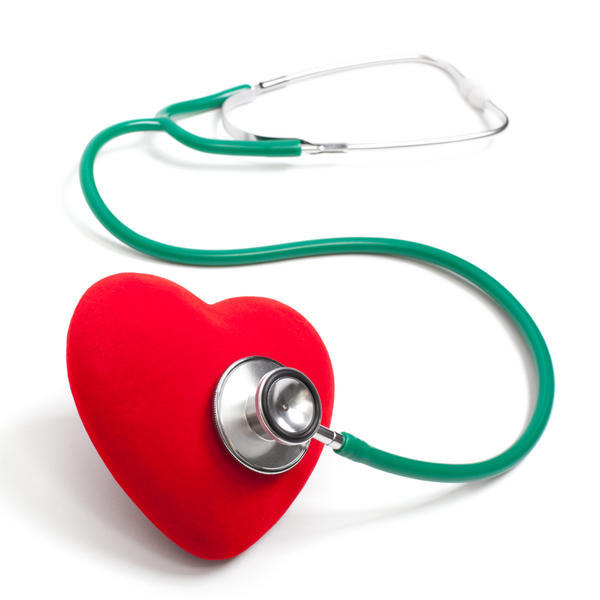
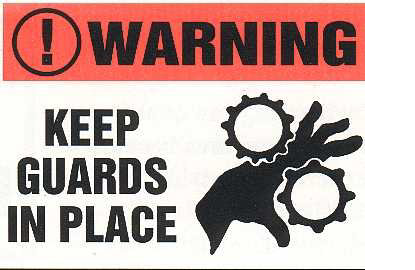
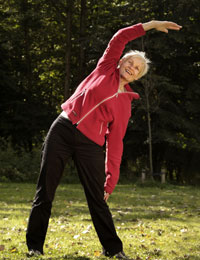
![HR Functions[4]](http://www.riskmanagement365.com/wp-content/uploads/2012/12/hr-functions4.gif?w=143)